Porsche 911: Rear Engine and Flat-Six Design Still Going Strong
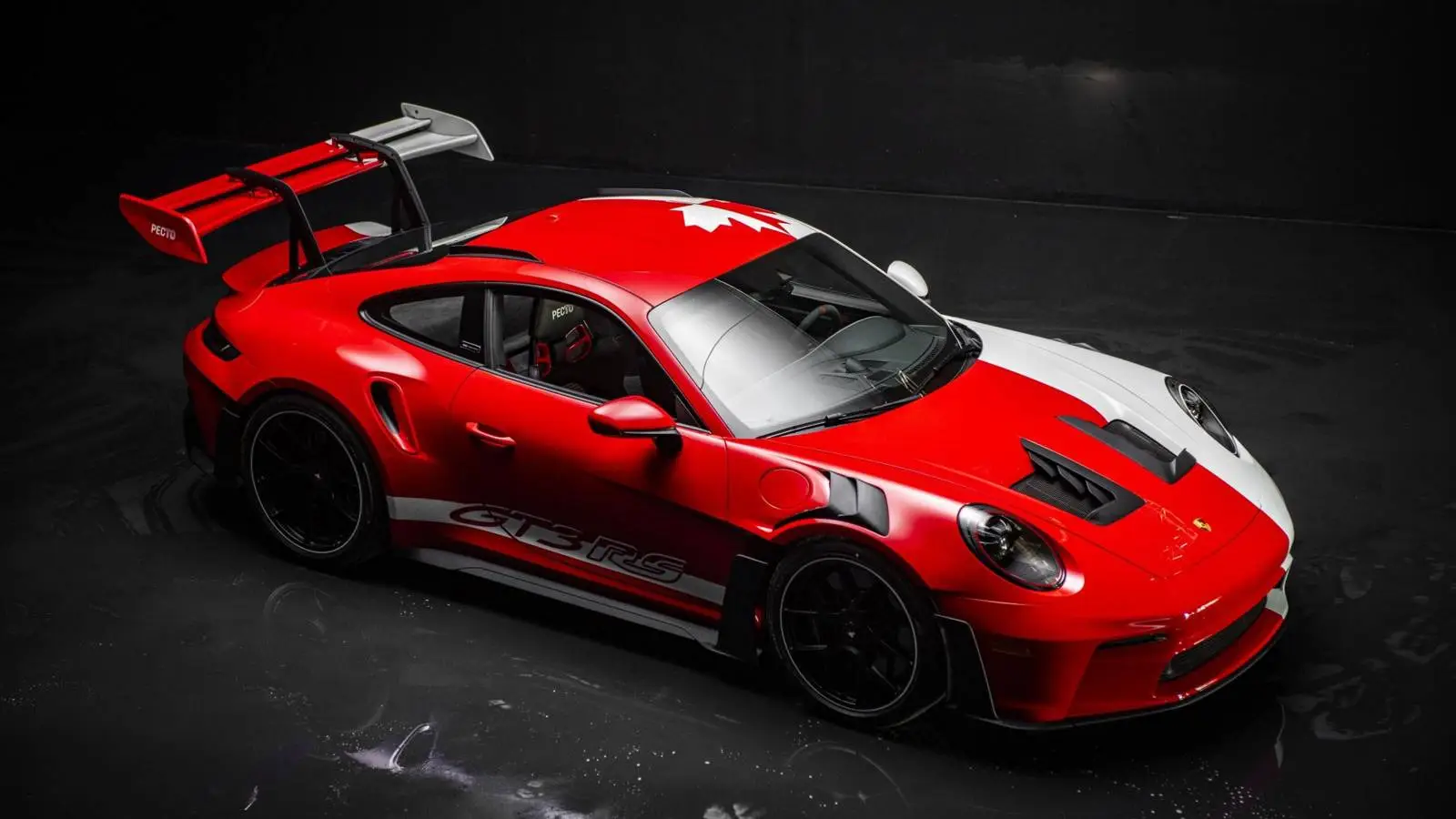
Why does the Porsche 911 still have a rear-mounted flat-six engine? Discover the engineering logic behind this iconic and enduring design.
The Porsche 911 isn’t just a car that defies trends — it confidently sets its own rules. For nearly six decades, it has held onto a unique engineering formula: a rear-mounted, flat-six engine. Why? The answer lies not only in history, but in precise calculation. Personally, the 911 has always been my favorite — not just for its legacy, but for the way it drives, feels, and refuses to compromise.
From the Beetle to an Icon
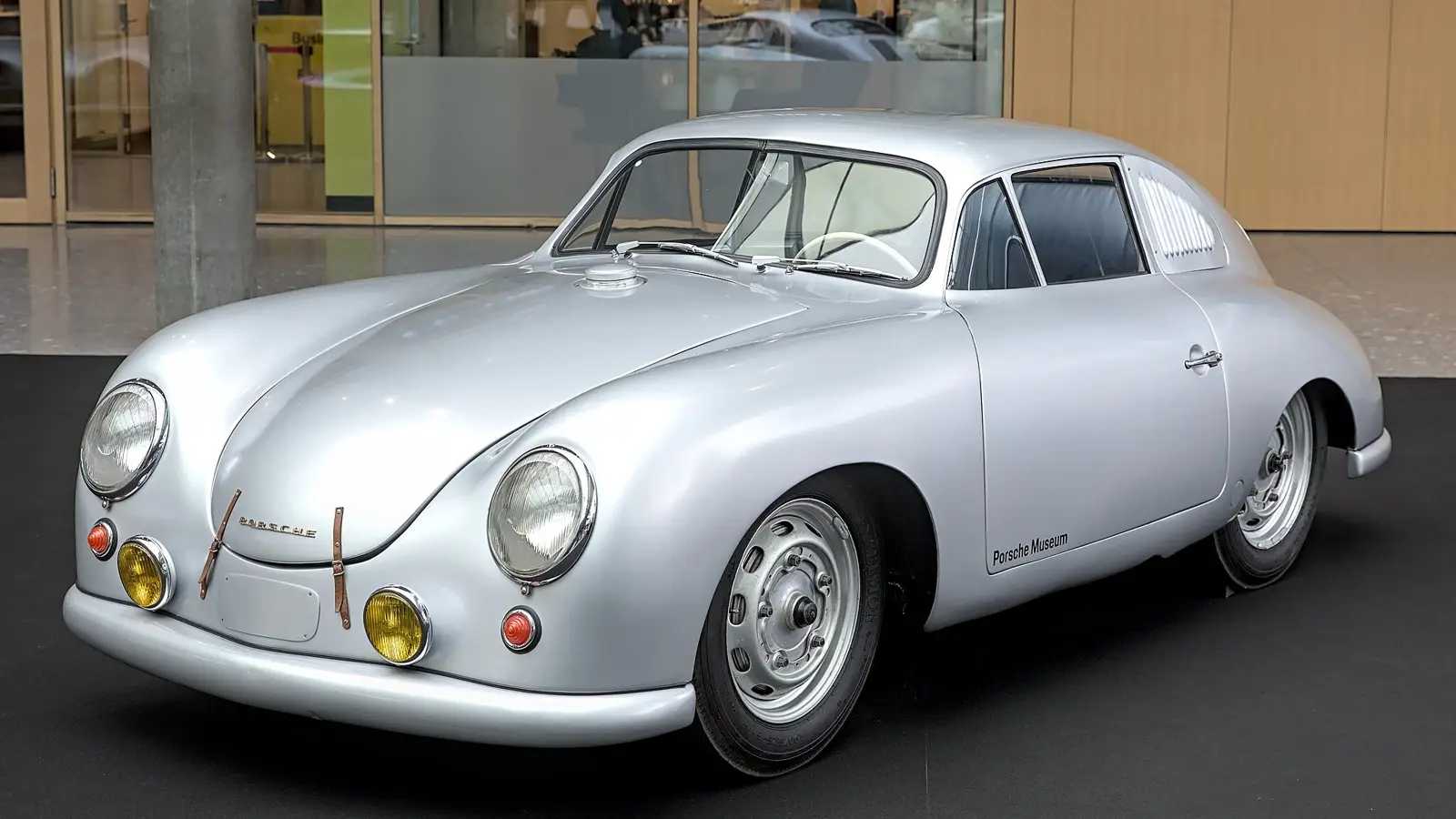
The concept of a rear-engined sports car traces back to the Volkswagen Beetle and the Porsche 356. These were the first models to experiment with positioning the engine behind the rear axle. When the 911 arrived in 1963, it inherited this architecture — but took a major leap forward by replacing the modest flat-four with a flat-six.
Since then, the layout has only improved. Today, it allows Porsche to preserve a consistent identity while introducing new technologies into each generation — from turbochargers and regenerative systems to hybrid solutions.
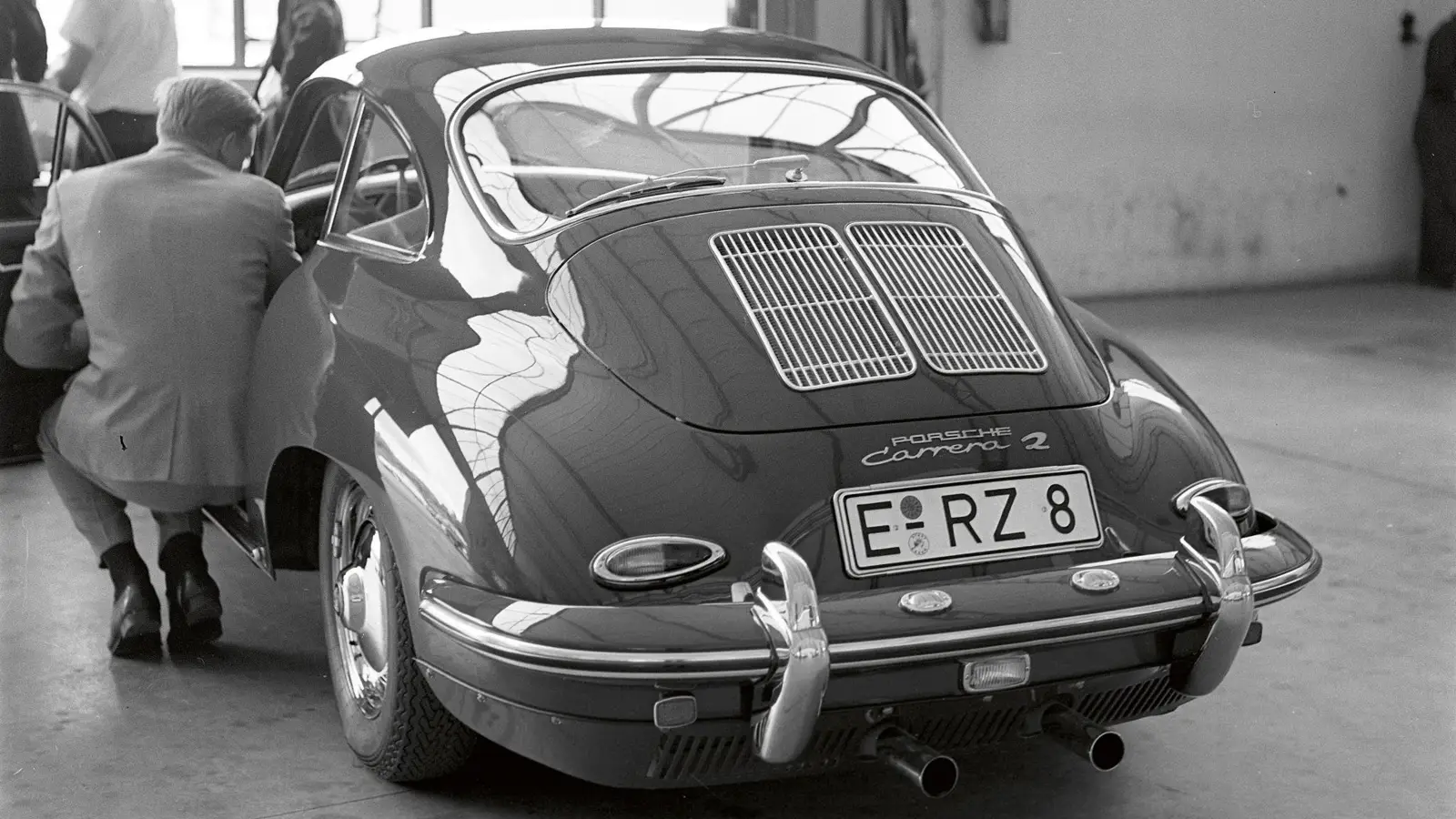
Flat-Six: More Than Just Tradition
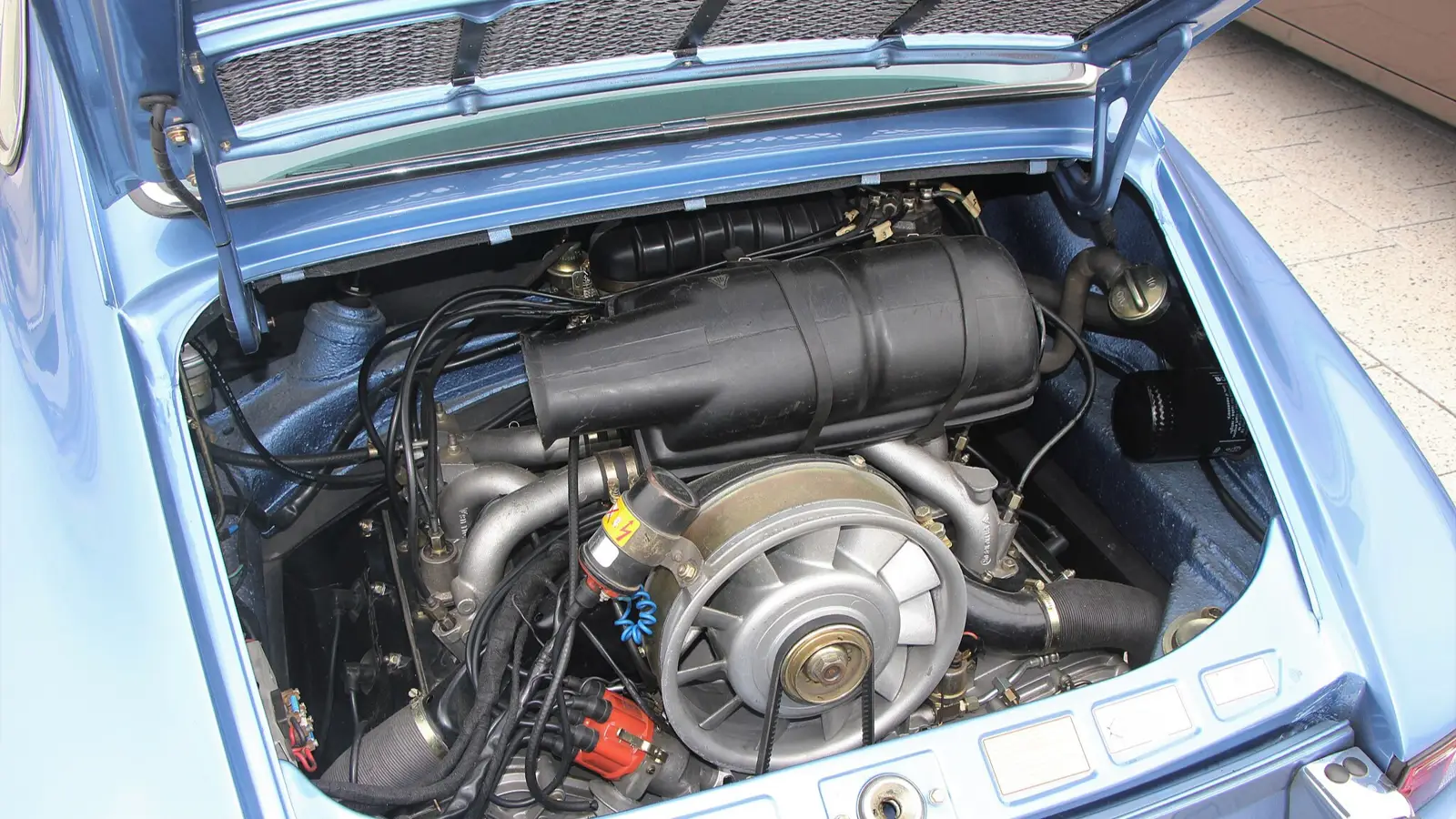
Unlike its V-shaped counterparts, the flat-six engine arranges its cylinders horizontally, mirroring each other across the crankshaft. This results in near-perfect balance and eliminates vibrations. Its low profile also reduces the center of gravity — a direct benefit to handling in corners. Stability and predictability are the keywords here.
And there’s more: the flat-six is compact. Designers take advantage of this by crafting the distinctive sloping rear line that 911 fans have long adored.
Engineering Logic, Not Stubbornness
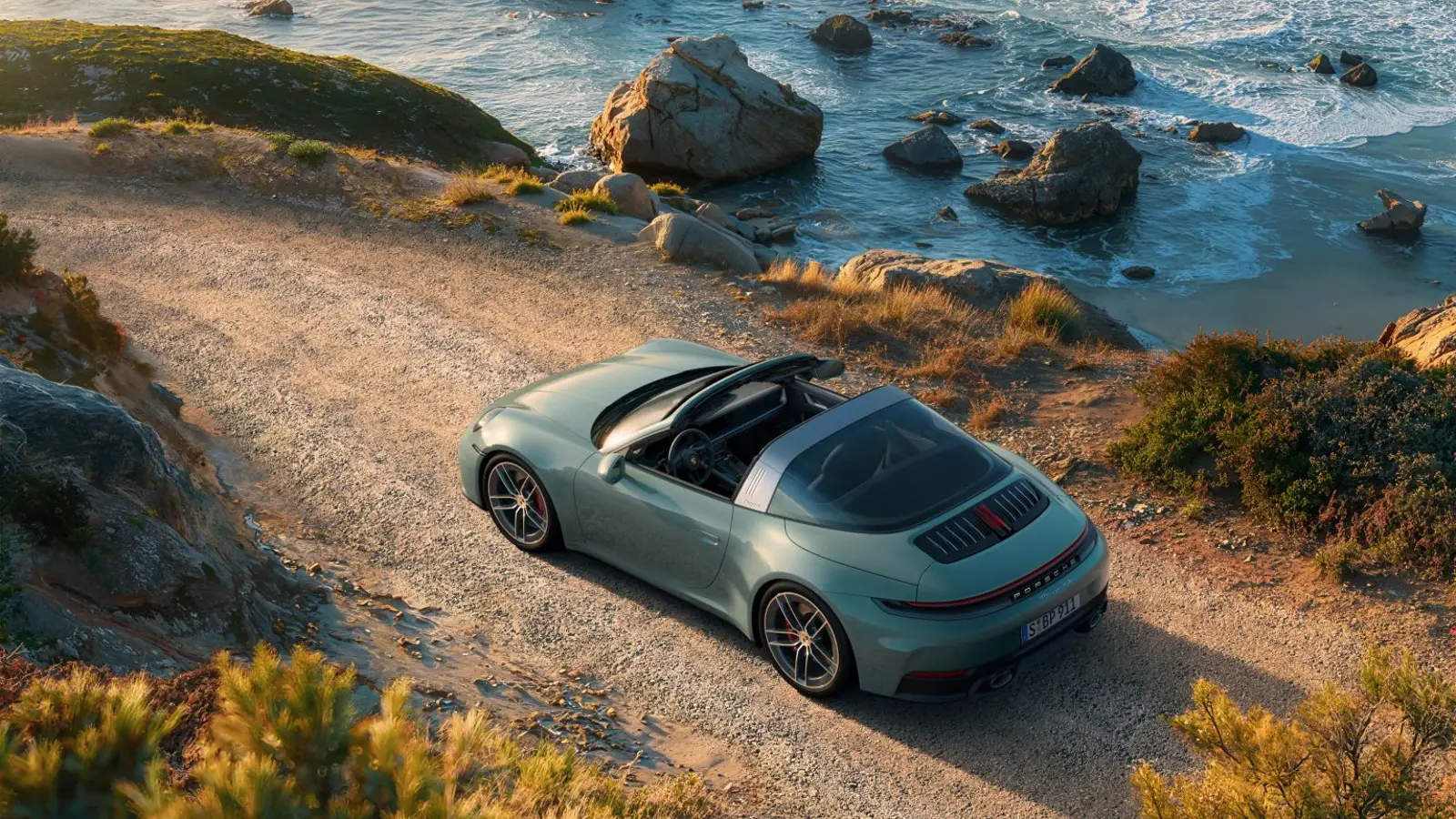
Some critics call the rear-engine layout an anachronism. But the numbers say otherwise. Placing the engine over the rear axle boosts traction during acceleration — especially critical in high-performance models where every fraction of a second counts. It also relieves the front axle under braking, distributing weight more evenly. And the short driveline reduces power loss.
On the practical side, the layout isn’t without benefits either: a front luggage compartment and two rear seats are rare features in a sports car with such performance credentials.
Handling with a Taste for Mischief
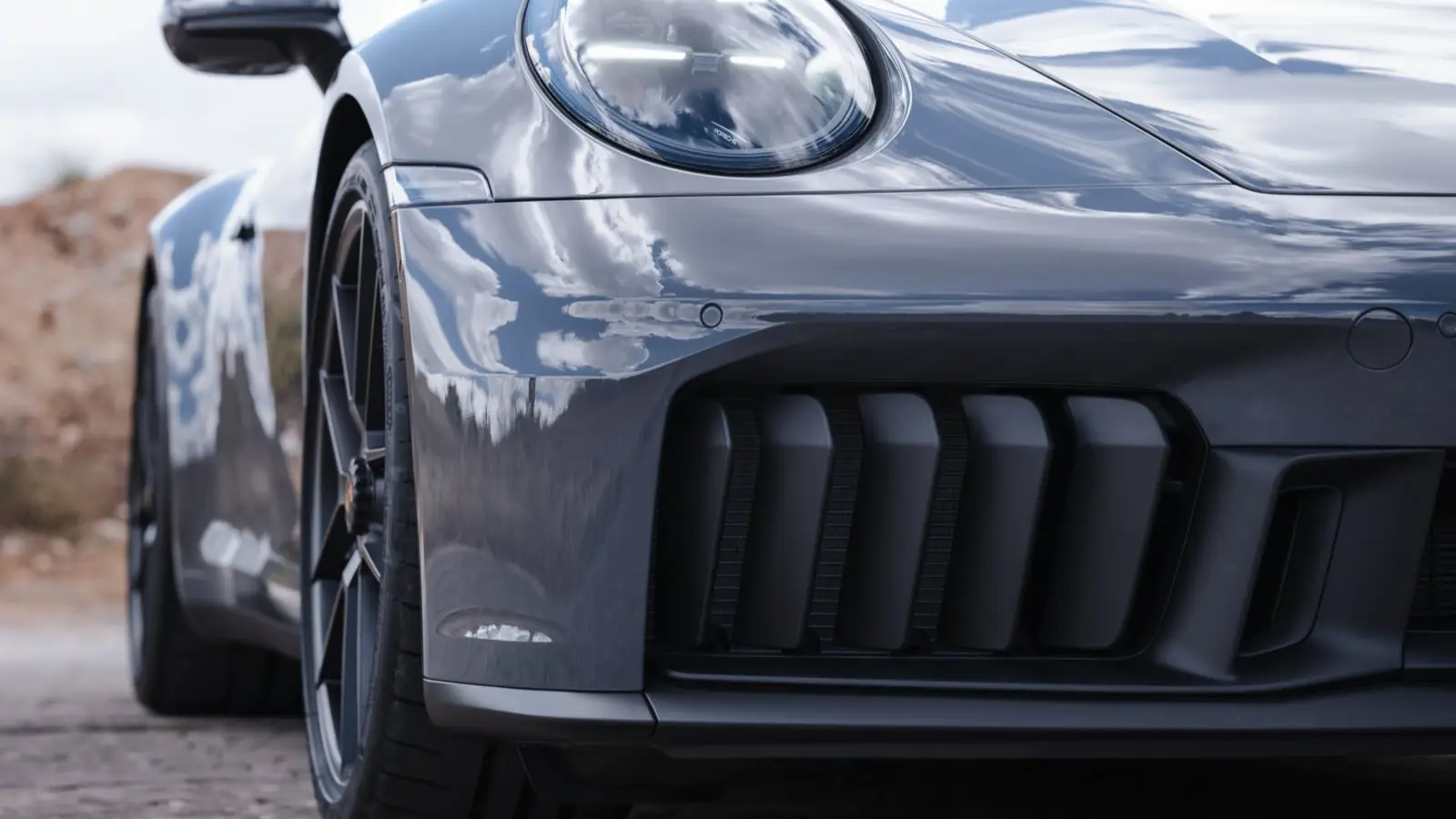
The hallmark of a rear-engined Porsche is its character. That tail-happy behavior in corners, the direct connection to the rear wheels, and the sharp reactions — these are the qualities drivers love. Modern electronics and all-wheel-drive systems may smooth out the extremes, but the 911’s essence remains: more refined, yet no less exhilarating.
The Road Ahead
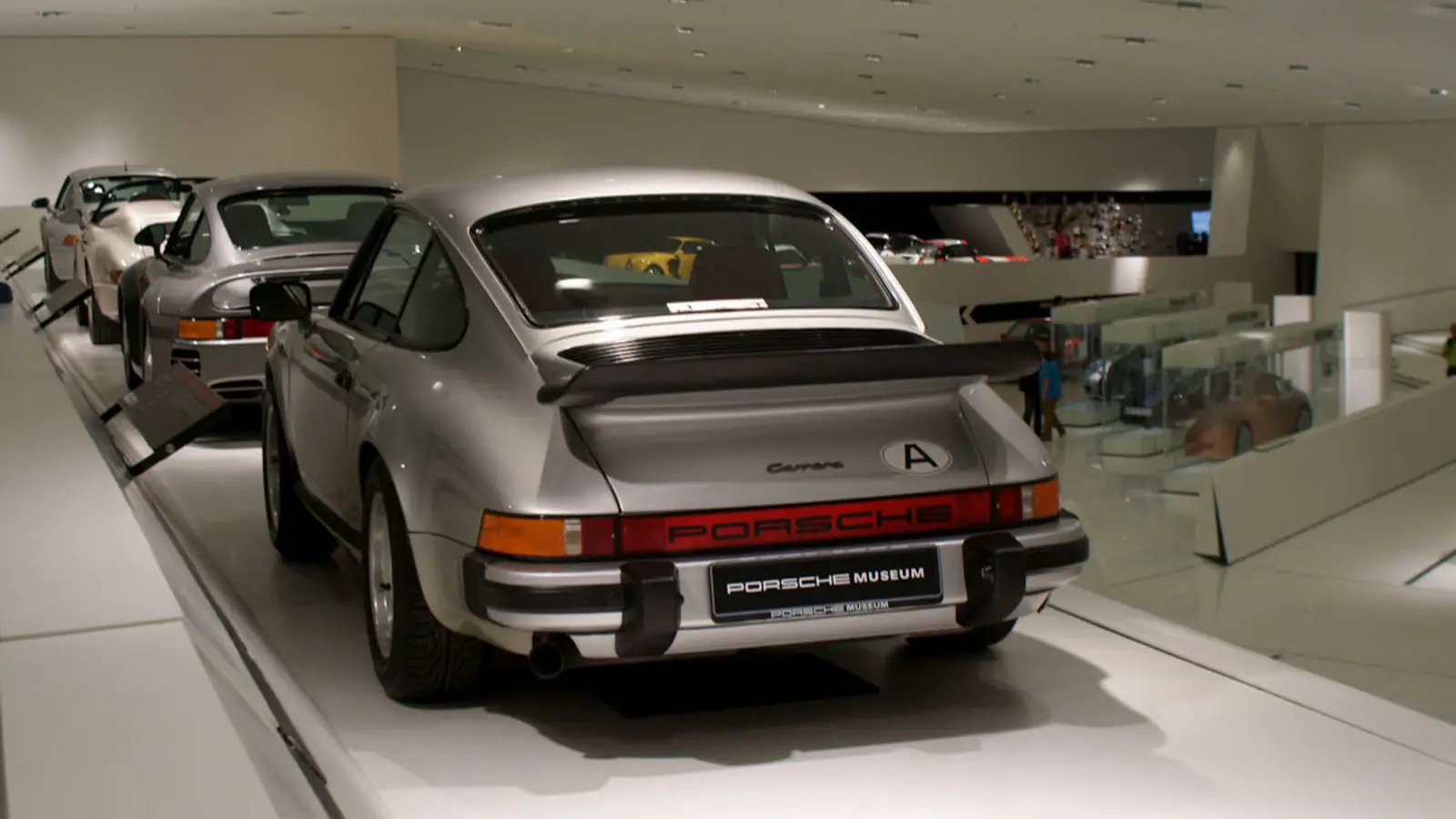
After the switch from air to water cooling in 1998, the flat-six found new life. Today, it includes turbocharging, energy recuperation, and even mild hybridization in the GTS. Porsche has made it clear: the flat-six will continue to be the beating heart of the 911.
The engineers didn’t just preserve a tradition — they elevated it into precision. This isn’t nostalgia. It’s smart engineering. And it’s no surprise that after all these years, the rear-mounted flat-six not only survives, but continues to evolve.
Ethan Rowden
2025, Jul 24 17:00


